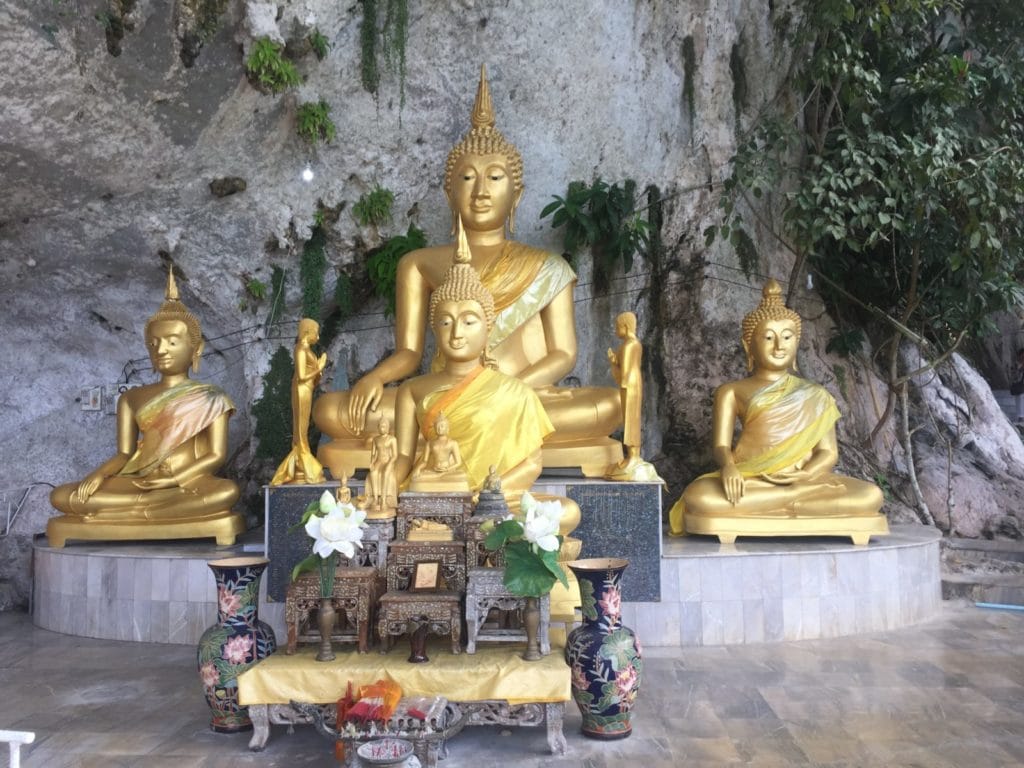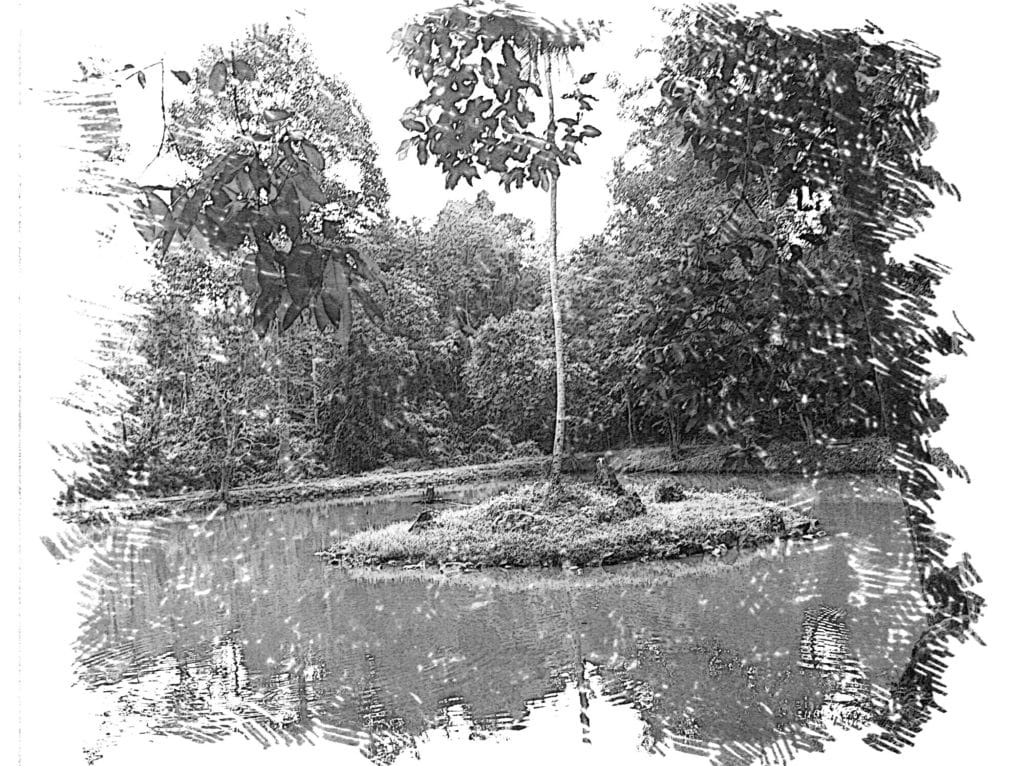It is challenging to find out how to accept yourself and find inner peace. For this, we use mindfulness. It’s even more complicated to translate the term Nibbana into English. If, however, we try to understand Nibbana closer, we can see that Nibbana is not a place in the future where good Buddhists leave after death. It is instead a knowledge we are experiencing, and hence it is always in the here and now.
Achieving harmony
When our hearts and minds are devoid of all illusions, obstacles, and impurities when they are in harmony with the ultimate reality (Dhamma), we experience a state of perfect peace, joy, and contentment. These are qualities that describe the state of nibbāna as the realization of the highest human potential. The potential that exists in each of us, regardless of gender, origin, education, or nation. So nibbāna is not a concept but a reality that we need to open up and experience directly.
The essence of all these descriptions is that nibbāna, which literally means “numbness” or “chilling,” signifies the extinguishing of three fires that are continually burning in us, three deep-rooted inclinations of our mind: craving, hatred, and delusion or ignorance.
Delusion or ignorance
Among these three sources of all the bad things in our lives, the whole ocean of frustration, anxiety, and stress we live in, the delusion, the inability to see things as they are, is a fundamental problem. Deception as a source of blind attachment and identification with the world of the senses. When we in our life only want pleasure, delight, and creativity, but we do not wish any boredom or depression, we forget about one eternal truth. Life is made up of beautiful and adverse events, and no belief or religion will help us change this.
Binding only to beauty, sensual pleasures, pleasantness always leads to disappointment, because reality contains all possible sensations, not just pleasant ones. Therefore, it is useful to take the attitude of unbinding. This attitude does not mean annulment or any desire for destruction, but only abandonment, giving up, non-identification. We no longer seek perfection in any part of our experience, but achievement lies in the whole of life experience.
The practice of abandonment
That is why when we dwell in the void of our mind, we abandon our identification with the conditions by recognizing that they are all transient and impersonal. This realization is what we call vipassanā meditation. It is watching, witnessing, listening, observing that whatever comes must go. Whether it’s rough or refined, good or bad, whatever comes and goes is not part of us. We are neither good nor bad. We are neither male nor female, beautiful or ugly. These are all variable states of nature, which are not-self. It is is the Buddhist path to awakening: moving towards nibbāna, clinging to the vastness and emptiness of the mind, instead of being “born again” and then embarking on different states. ”(Ajahn Sumedho)
There are various obstacles to achieving this level of understanding of reality. It is an obstacle on the path to getting to know how to accept yourself and find inner peace. They all are primarily within ourselves. They are our inner tyrant.
Our own tyrant as an obstacle to accepting yourself in entirety
Our inner tyrant is a usurper, a guest who arrives at our house and becomes an absolute master. His critical remarks and demands are accepted without discussion because he presents his observations and impressions as absolute truths, based on the black and white polarity of things: never – always, everyone thinks of you this and that – no one notices you, etc.
Where did his power come from? Because we identify with him, we believe that the very essence of our speaking through his mouth. How did it happen? We substitute “how we feel” with “who we are.”
Overcoming identification
To successfully overcome this condition, we first need to recognize it when it occurs. We are often so used to our tyrant that we do not even see him as just one viewpoint, but as the very essence of things, the truth about us and the situation we are in. We believe in those words, and so we only increase our suffering. The tyrant appears as a voice continually seeking action. Nothing we do is good enough for him. He is also the one who fills our minds with messages full of shame and doubt.
To notice it, of course, we need to be aware of the present moment. As we develop this skill, so it will become faster and easier to spot.
Who is our inner enemy
Instead of frustration with these inner voices, we should change our reaction to the inner critic and maybe start calling him – an intimate friend. It helps if we recognize vulnerability and fear under that stern voice if we visualize the critic as a frightened suffering child.
Awareness and compassion help us see how we are putting ourselves down. We understand and feel the barriers we have raised around our hearts. This awareness leads us to explore what is going on in the minds that drive us to lift those barriers. If there is a genuine desire in us to understand, it is the guarantor of our liberation through opening up to pain and meeting it through compassion and benevolence.
Obstacles in the spiritual path
When we comfort and appease the inner critic in this way, it brings us to a mind that does not proclaim, does not criticize, does not plan obsessively. And the spirit free from torment, like the cloud-free sky, shows its true nature: love-fulfilled, understanding, balanced, and serene.
At different stages of our spiritual journey, we encounter various obstacles that hinder us from reaching and maintaining full awareness and concentration, from developing clarity of understanding and wisdom, and to awaken. We seek to learn how to accept yourself and find inner peace. The Buddha enumerated many of them, but this time we are talking about the basic ones with which we most often “hang out.” We must get to know the mechanism of their creation and action as well as ways to overcome them. It is a group called the Five Obstacles (pali: pañća nīvarana).
These obstacles are:
1. yearning for sensual pleasures – thoughts that embellish things; an impatient desire, a thrill of anticipation that goes beyond focus, and we counter them with concentration and composure
2. repulsion, mischief – thoughts that seek only the negative; repulsion, malice toward another, and the states that cope with these are happiness and pleasure
3. sluggishness and dullness – lack of energy; slowing down of thoughts; narrowing the field of consciousness; drowsiness, and the way to overcome it is through initial attention and directing thoughts
4. anxiety and remorse – excess energy; accelerating notion; concern; restlessness, agitation. Happiness, joy and contentment counterbalance these conditions
5. doubt, hesitation – lack of confidence and skepticism. We fight those with persistent thought and exploration
How to fight obstacles
They are called obstacles, because they obscure our vision, prevent us from seeing things as they really are. Looking through them, our perception changes.
It should be emphasized that these are conditioned states, not some permanent defects of our being. And like all conditioned states, they too are transient. The challenge but also a chance for our practice in dealing with these obstacles is to understand them fully. Thus we overcome their impact. We know that our lives without desires, motives, aspirations are impossible.
Among those desires are those that are useful and healthy, but also those that are harmful. One of the tasks of mindfulness is to make such a difference between them. With it, we quickly realize that some of our desires are becoming coercion for us. These are compulsive desires, and where there is coercion, addiction replaces freedom. We also realize that it is not a problem with emotional pleasure, but our attachment to it.
Take away their power
It is essential to respect these obstacles and their strength. This does not mean that we are privileging them, but precisely because we are aware of them, we are taking away their power.
They can’t surprise us and get caught up in their story. As our experience with these mental contents grows, and as our wisdom, serenity, and concentration grow, so do we become more and more liberated, until eventually, we become completely free. The key to liberation is to understand the dangers of binding and to strengthen the state of non-attachment.
We must learn how to accept yourself and find inner peace. We achieve this by comparing the two conditions. For the beginner, the state of attachment seems more comfortable. The experience that comes with consciousness will later show us that this is not quite the case. And then, once we feel the first taste of freedom, we inevitably wish this freedom more, much more.
If you want to know more
If you want to learn more about things I write about, check out my books. See also what the goal of this web site is. You can check out my other post about mindfulness, and share your thoughts and comments.
If you like this post, please subscribe here, get a free e-book, and get a notification when future posts are published. Also, share with your friends, like, and follow on social media using buttons below.
Enjoy reading!
Share



